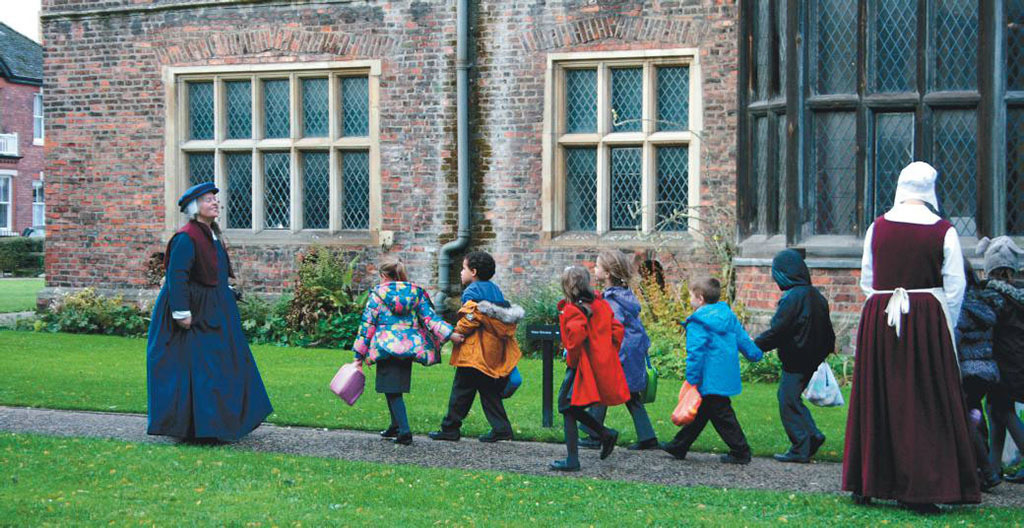
[caption id="attachment_13691553" align="aligncenter" width="449"] In the Great Hall of Gainsborough Old Hall, the small congregation met that finally made its way to New England.
New World Roots on the Lincolnshire Border
‘Tis a well-known tale indeed. In 1620 an intrepid band of religious Separatists braved months on the rough North Atlantic aboard a small ship called Mayflower. They landed near the curl of Cape Cod and founded the settlement of Plimoth Plantation. What more we recall of that famous episode of America’s founding is generally limited to the lore that they survived, made friends with the local Indians and celebrated the first Thanksgiving.
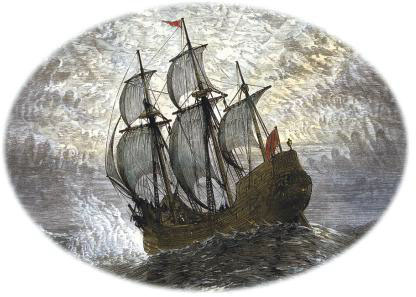
What we were never taught was the back story: Who these determined people were and how their congregation came to exile themselves to the seek life in a hostile wilderness across the ocean. That lies in the East Midlands where the counties of Nottinghamshire and Lincolnshire meet along the Mayflower Trail.
JUST WEST OF THE NOTTINGHAMSHIRE TOWN OF RETFORD, the Rev. Richard Clyfton was called as parson of All Saints Church in 1586. Like many parish clergy of his time, Cambridge-educated Clyfton was one of the passionate Protestant reformers known as Puritans. When the Presbyterian King James of Scotland inherited the English throne from Queen Elizabeth in 1603, the Puritans expected a sovereign receptive to their message of church reform. After James rejected their Millenary Petition at the Hampton Court Conference the next year, 300 of the Puritan pastors were deprived of their livings by the Chancery Court. Richard Clyfton was one, and the Babworth congregation lost either their pastor or their church. They chose to follow their pastor.
A few miles east, on the route of the Great North Road (today’s A1) in Scrooby, the local gentry and Lord of the manor, William Brewster, was sympathetic to their cause and their plight. He invited the building-less congregation to gather for worship at Scrooby Manor—right down the lane from the Conforming parish church where he himself had grown up. In private hands today, part of the Elizabethan farmhouse still stands. Much of the local story is told in artifacts and replicas at Scrooby’s village pub, appropriately called The Pilgrim Fathers. North on the A1, Austerfield’s village pub, The Mayflower, commemorates the birthplace of Pilgrim leader William Bradford.
With a congregation that was growing, the Dissenting flock spread a dozen miles east across the River Trent to the Lincolnshire market town of Gainsborough. The wealthy Hickman family invited the group to meet at their sprawling medieval manor Gainsborough Old Hall.
Each of these places today is part of The Mayflower Trail. The self-directed circular road trip is easy to follow and can be done realistically in half a day at an easy pace starting from the A1 at Retford. At stops along the way, interpretive signboards unpack local connections to the Pilgrim congregation. Pick up an informative route map at a local TIC, or find it online at www.pilgrimfathersorigins.com.
MEETING AT GAINSBOROUGH OLD HALL for a couple of years, the congregation and its leadership, including teacher John Robinson, Brewster and Bradford as well as pastor Clyfton, concluded that England would never be a comfortable spiritual home. Just across the Channel, though, the Dutch and its Reformed church offered a welcome, and the Pilgrim families planned a surreptitious exodus in 1607. They were betrayed and their escape intercepted on the North Sea shore. A commemorative plaque marks the spot on Fishtoft Creek just north of the Lincolnshire port of Boston. Boston’s Guildhall still contains the jail cells where the Pilgrim leaders were detained before being sent home. The next year, the Separatists attemted again successfully.
[caption id="" align="aligncenter" width="1024"]
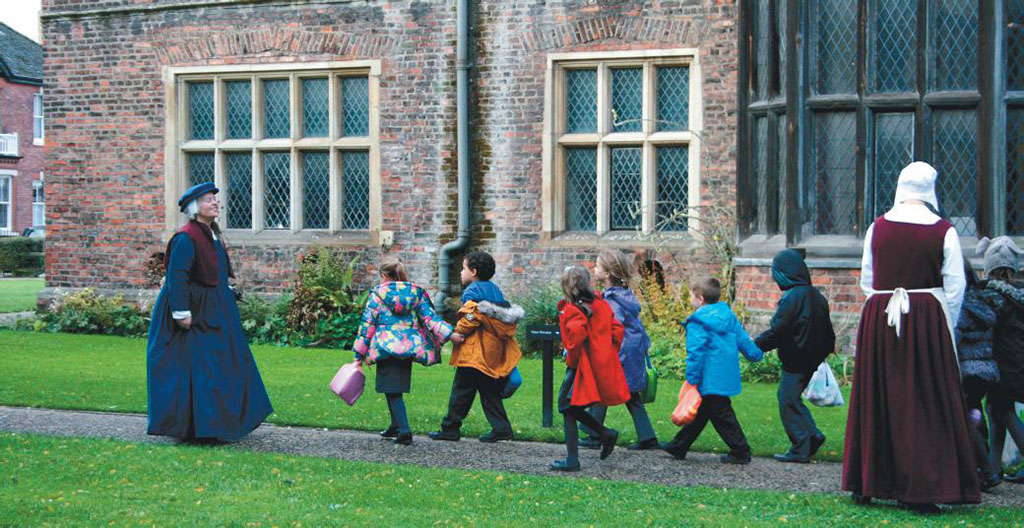
After establishing their homes in Amsterdam and then Leyden, the church family enjoyed freedom of worship and a comfortable life. They recognized, however, that their children and children’s children would lose their English identity and become absorbed into their Dutch world. It was then, in 1619, that plans began to seek a newer world.
To leave the familiarity and warmth of home for anywhere is difficult enough. To leave the homeland, and the whole known world for the myriad dangers of an unknown continent must have been a fearful undertaking indeed. Then, to get there took a voyage of two months at sea in the North Atlantic—130 people packed on the 100-foot-long, square-masted wooden ship, without refrigeration, fresh water or privacy of any kind.
The best place to appreciate these courageous people, and the undoubted highlight of the Mayflower Trail, is Gainsborough Old Hall. Signposted from the A631, the Old Hall is one of the most complete medieval manors in Britain, and the principal attraction of this old river town. The 17th-century connection with the Pilgrims is the most colorful episode in the Old Hall’s long history, and emphasized in display boards, furnishings and art.
Owned by English Heritage but managed locally, the sprawling manor and its courtyards occupy a large block of the town center. Some 8,000 schoolchildren visit each year to hear tales of the Pilgrims from colorful, costumed guides that relish their 17th-century roles. Pilgrim historian Sue Allen is often on hand as well, with her histories and historical fiction prominent in the bright gift shop.
And so it came to pass that the Separatist congregation that originated in the rural border country of Nottinghamshire and Lincolnshire did faultingly make its way to the New World. They finally said farewell to England from Plymouth aboard Mayflower and safely made land and finally home on the hook of Cape Cod in the autumn of 1620.
Despite the hostile environment and harsh winters, the Plymouth colony survived and slowly grew, and other small communities were established along the coast.
[caption id="" align="aligncenter" width="449"]
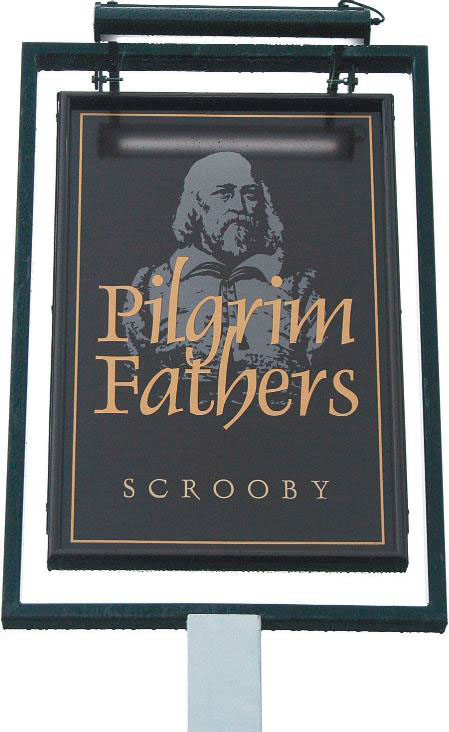
[caption id="" align="alignright" width="595"]
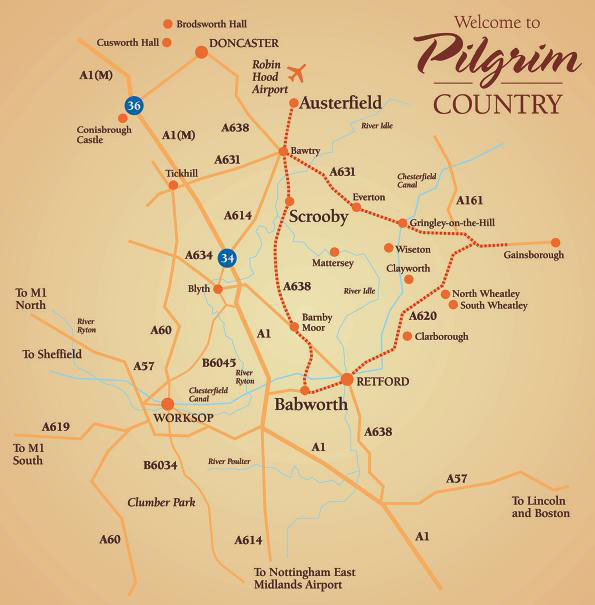

Post Script
MEANWHILE, BACK ACROSS THE LINCOLNSHIRE FENS in Boston, the Rev. John Cotton, Puritan rector of St. Botolph’s Church (“the Cathedral of the Fens”), both attracted followers and continually irritated the church hierarchy. In 1630, a decade after the Pilgrims settled Plymouth, a fotilla of ships including a 400-strong band of Cotton’s parishioners followed them. Led by Gov. John Winthrop, the 1,100 settlers established Massachusetts Bay Colony some 40 miles up the coast from Plymouth. Rev. Cotton himself came in 1633 with an additional band of emigrants, and the new Boston soon became the capital of a thriving Puritan colony, spreading settlements north into New Hampshire and south along Narragansett Bay and the Connecticut coast.
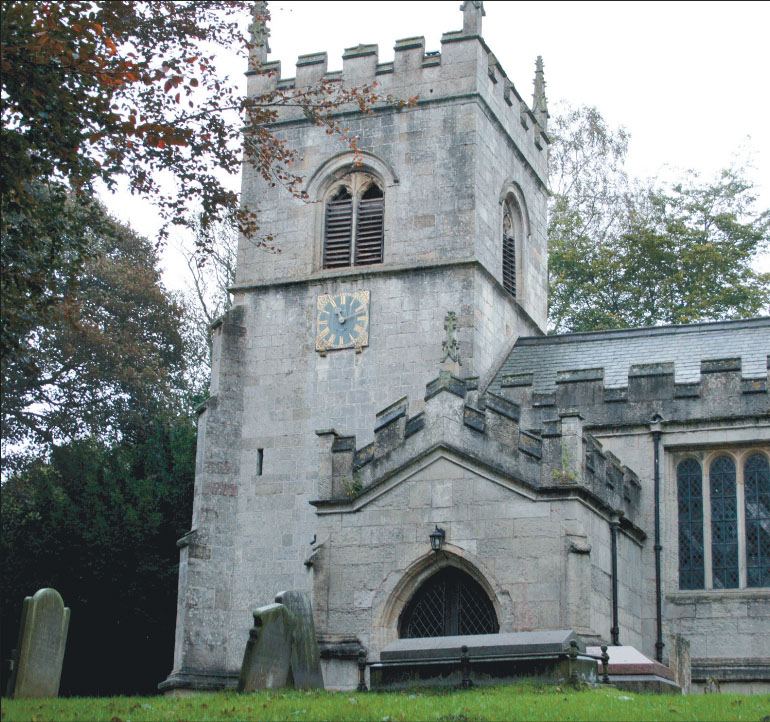
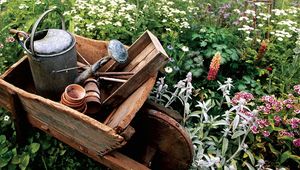
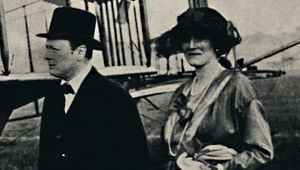

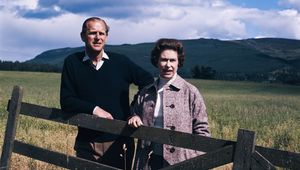
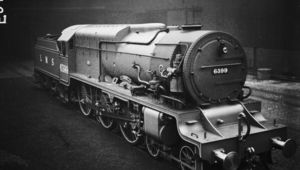
Comments